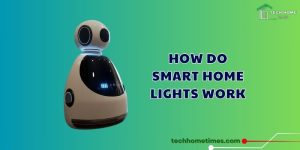A Smart Home in 2030
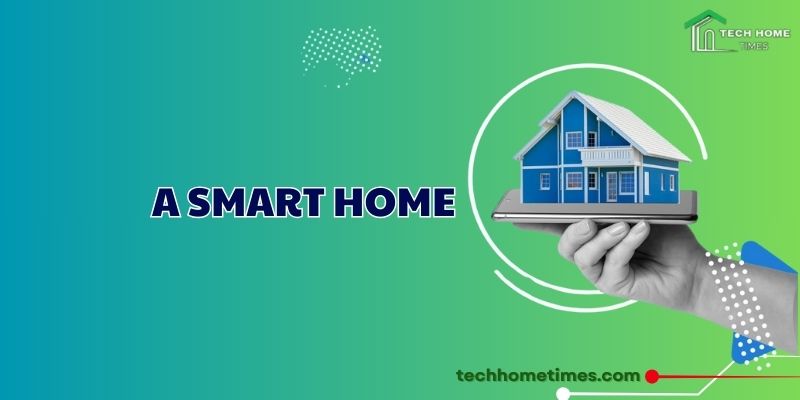
A smart home in 2030 represents the pinnacle of residential living, blending cutting-edge technology with human-centric design to create spaces that are intuitive, efficient, and deeply personalized. This analysis explores the essence of a smart home, its compelling benefits, its ideal audience, and the standout features that will shape homes by 2030, drawing from trends in technology, architecture, and societal needs.
Contents
What Is a Smart Home?
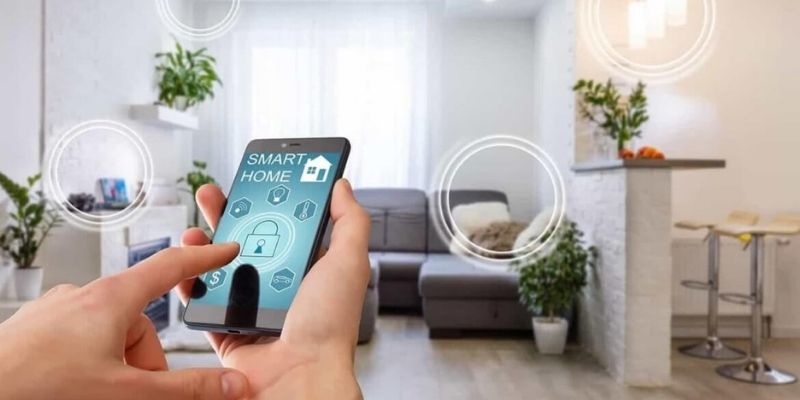
A smart home is a residence equipped with interconnected devices and systems that automate tasks, optimize resources, and enhance the occupant’s quality of life. At its core, it leverages the Internet of Things (IoT), artificial intelligence (AI), and advanced sensors to create an ecosystem where appliances, lighting, heating, security, and even furniture communicate seamlessly.
Unlike traditional homes, where each system operates in isolation, a smart home functions as a cohesive unit, learning from user habits and external factors like weather or energy availability to make real-time adjustments.
By 2030, the definition of a smart home will expand beyond mere automation. It will encompass predictive intelligence, where the home anticipates needs before they’re expressed—preheating the oven when you’re halfway home or adjusting air quality based on your health data.
It’s not just about convenience but about creating a living space that feels like an extension of the occupant’s preferences and values, whether that’s sustainability, security, or comfort. This evolution is driven by advancements in AI, which will enable homes to process vast amounts of data, and by the integration of renewable energy systems, making homes not just smart but also self-sustaining.
Why Choose a Smart Home?
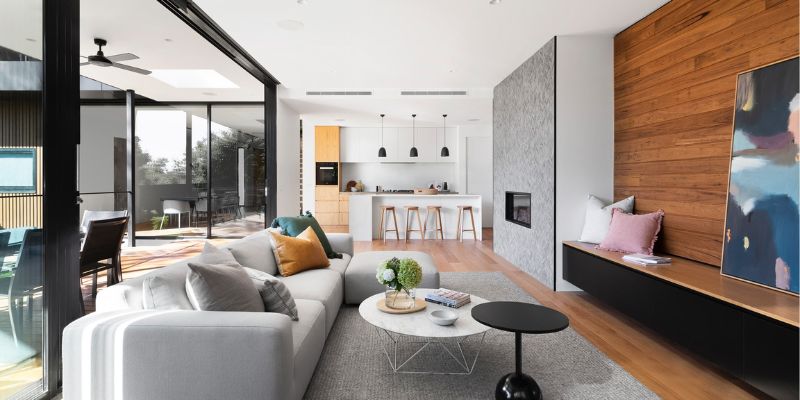
The appeal of a smart home lies in its ability to solve real-world problems while elevating everyday living. First and foremost, energy efficiency is a major draw. Smart homes optimize electricity, water, and heating usage, reducing waste and lowering utility bills. For instance, intelligent thermostats adjust temperatures based on occupancy patterns, while smart meters provide insights into consumption, empowering homeowners to make eco-conscious decisions. In an era of rising energy costs and climate concerns, this efficiency is both a financial and environmental win.
Security is another compelling reason. Advanced smart homes feature AI-driven surveillance systems that can distinguish between familiar faces and strangers, detect unusual activity, and alert homeowners instantly. By 2030, these systems will likely incorporate drones or robotic patrols for enhanced protection, offering peace of mind whether you’re at home or across the globe. Additionally, smart homes improve accessibility, particularly for the elderly or disabled, with features like voice-controlled appliances, automated doors, and health-monitoring sensors that ensure safety and independence.
Beyond practical benefits, smart homes offer unparalleled personalization. They adapt to individual routines—dimming lights for movie nights, curating playlists based on mood, or even suggesting recipes based on pantry inventory. This level of customization fosters a deeper connection between residents and their spaces, transforming houses into homes that feel uniquely theirs. Finally, smart homes increase property value. As demand for tech-integrated living grows, homes with advanced systems will command higher resale prices, making them a savvy investment.
Who Are Smart Homes For?
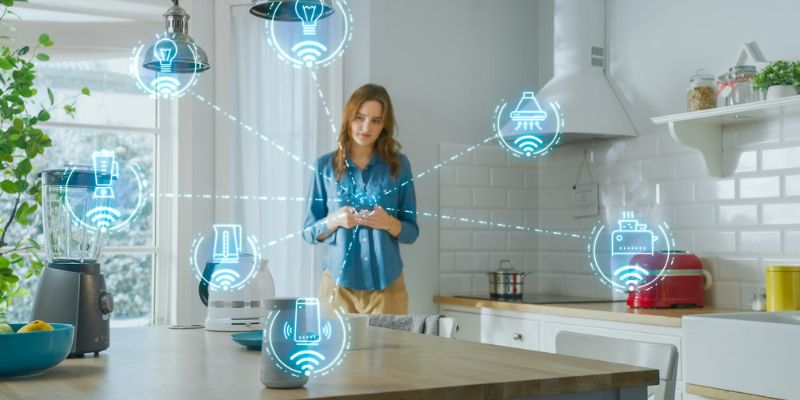
Smart homes in 2030 will cater to a diverse audience, transcending age, income, or tech-savviness. Young professionals, particularly those in urban areas, will gravitate toward smart homes for their convenience and integration with fast-paced lifestyles. Imagine a couple in their 30s, both working remotely, relying on a smart home to manage their schedules, optimize their workspace lighting, and automate chores like vacuuming or grocery ordering. The seamless blend of work and home life makes smart homes ideal for this demographic.
Families with children will also benefit immensely. Safety features like smart locks, real-time monitoring, and child-friendly interfaces ensure parents can keep tabs on their kids without constant oversight. By 2030, homes might include AI tutors embedded in walls or tables, offering personalized learning for children, making them appealing to education-focused households. Meanwhile, the elderly will find smart homes transformative. Health-monitoring wearables synced with home systems can detect falls, track vitals, or remind residents to take medication, enabling aging-in-place with dignity and reduced reliance on caregivers.
Sustainability enthusiasts are another key audience. With global pressure to reduce carbon footprints, smart homes equipped with solar panels, energy storage, and water recycling systems will attract eco-conscious buyers. Even renters, often overlooked in the smart home narrative, will benefit as landlords adopt retrofit technologies to make apartments smarter, driven by market demand and energy regulations. Ultimately, smart homes are for anyone seeking a blend of efficiency, security, and comfort, with scalable solutions ensuring accessibility across budgets.
Standout Features of a Smart Home in 2030
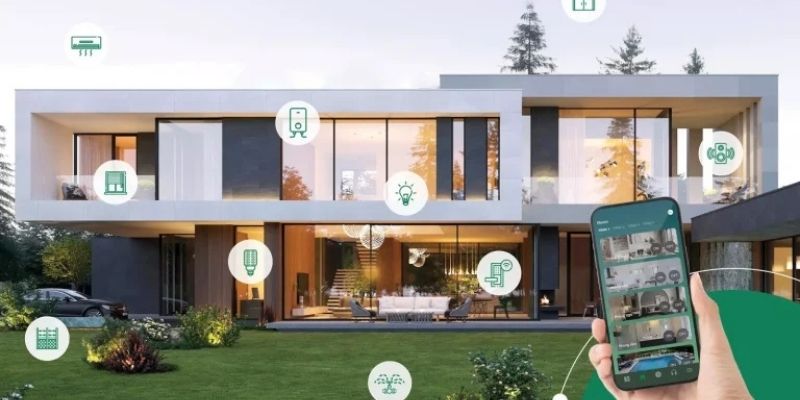
The smart home of 2030 will be defined by features that push boundaries, blending innovation with practicality. Here are the most prominent:
- By 2030, AI will evolve from reactive to predictive, anticipating needs with uncanny precision. Your home might adjust the bedroom temperature before you realize you’re chilly, based on biometric data from a wearable. It could order groceries before you notice the fridge is low, cross-referencing your calendar to ensure delivery aligns with your availability. This shift from automation to foresight will make homes feel almost clairvoyant, reducing mental load for occupants.
- Sustainability will be non-negotiable. Smart homes will integrate solar panels, wind turbines, or even kinetic flooring that generates power from footsteps. Advanced battery systems will store excess energy, enabling homes to go off-grid during peak demand or outages. AI will optimize energy distribution, prioritizing high-use appliances while minimizing waste, potentially achieving net-zero energy status where the home produces as much as it consumes.
- Homes will double as health hubs. Walls embedded with sensors will monitor air quality, detecting pollutants or allergens and triggering filtration systems. Bathrooms might feature mirrors that analyze skin for health indicators or toilets that test for nutritional deficiencies. For the elderly, motion sensors will detect irregular patterns, alerting medical professionals to potential issues like falls or cognitive decline, all while preserving privacy through encrypted data protocols.
- Architectural flexibility will define 2030 homes. Smart walls or partitions will shift to reconfigure rooms based on need—a home office by day, a yoga studio by evening. Furniture will be embedded with tech, like tables doubling as charging stations or beds adjusting firmness based on sleep patterns. This adaptability maximizes space, ideal for urban dwellers or multigenerational households.
- Entertainment systems will evolve into holographic or augmented reality setups, turning living rooms into theaters or gaming arenas. For remote workers, smart homes will offer distraction-free zones with noise-canceling walls and AI assistants that manage calls and schedules. These features cater to the growing blend of leisure and productivity at home, reflecting post-pandemic shifts in lifestyle.
- As homes become data hubs, security will be paramount. By 2030, smart homes will employ blockchain-like encryption to protect user data, with AI firewalls detecting and neutralizing threats in real-time. Biometric authentication—think retinal scans or voice patterns—will replace passwords, ensuring only authorized users control the home’s systems.
- Smart homes won’t exist in isolation but as part of smart neighborhoods. They’ll share energy resources, like excess solar power, with neighbors, or coordinate waste management for efficiency. Community apps might alert residents to local events or emergencies, fostering a sense of connection while leveraging collective data for urban planning.
To Tech Home Times, a smart home in 2030 is more than a residence; it’s a partner in daily life, blending intelligence, sustainability, and personalization to create spaces that adapt to human needs. From predictive AI to energy self-sufficiency, these homes promise efficiency, security, and comfort for a wide audience, from young professionals to retirees.


